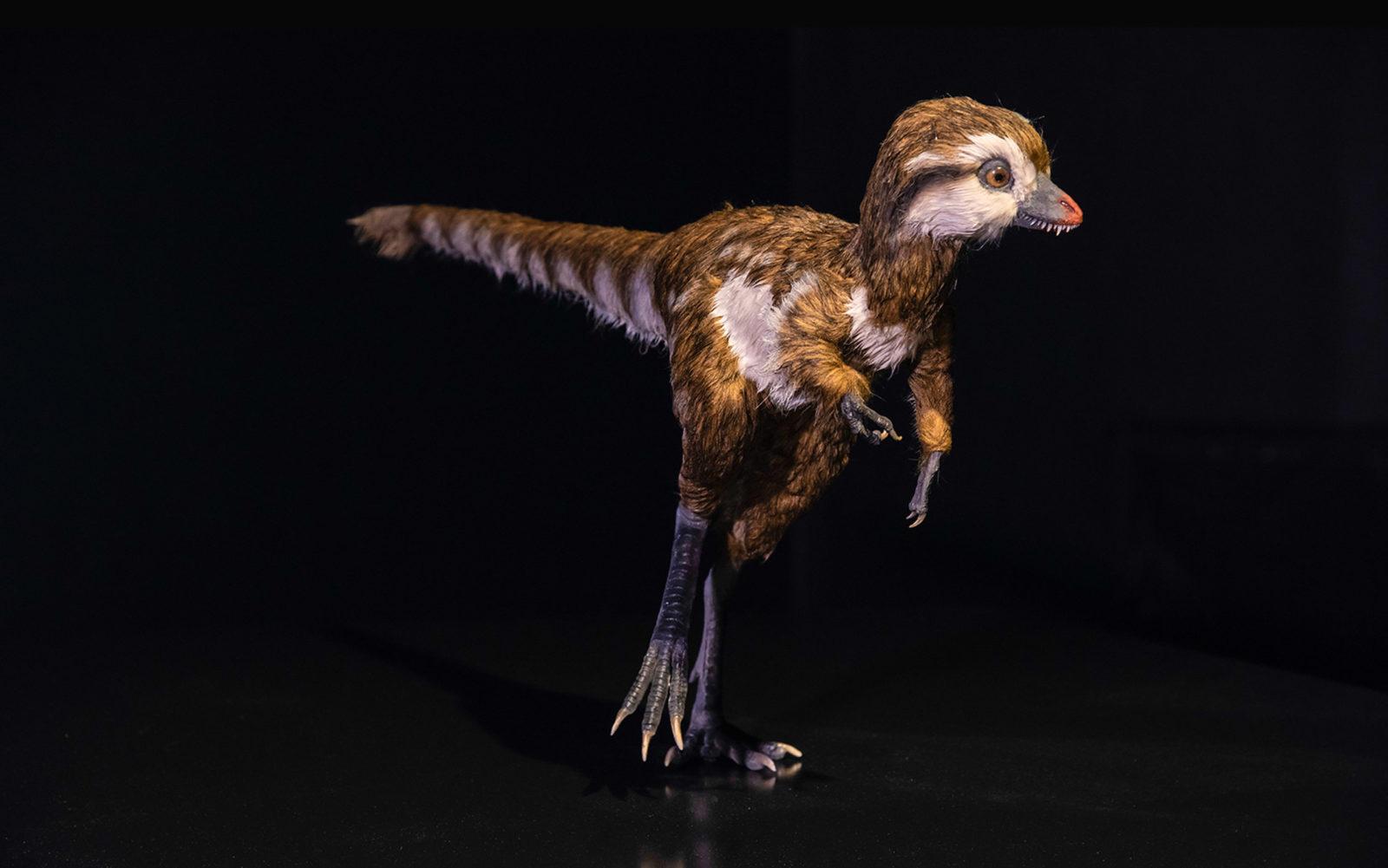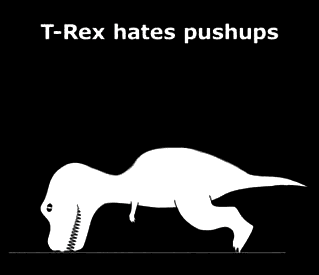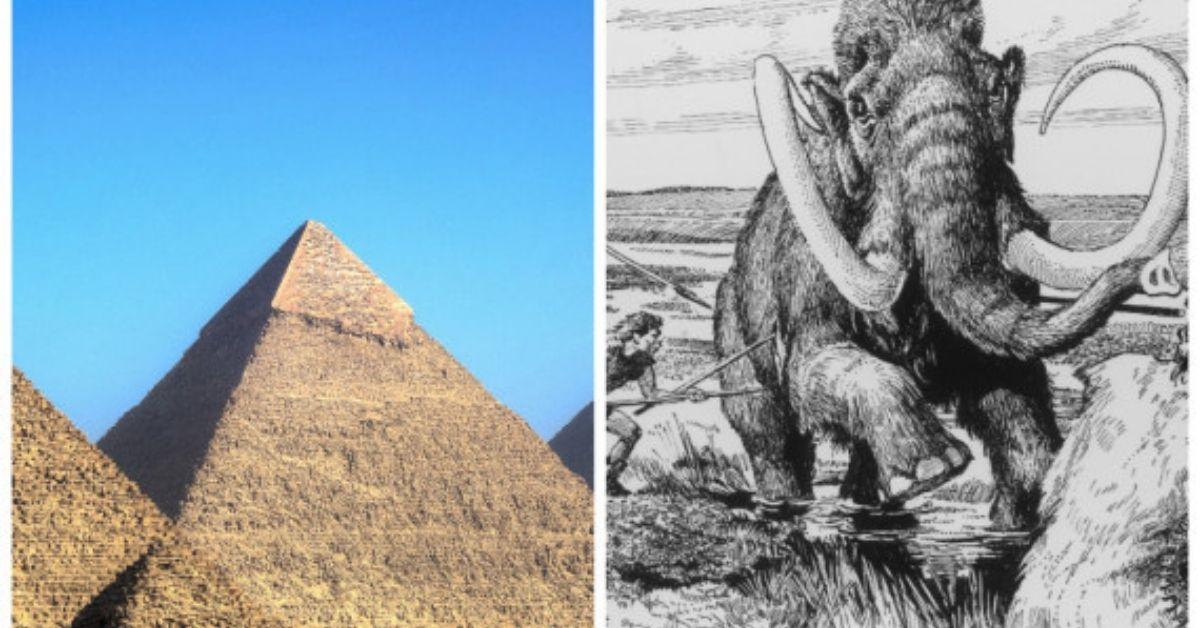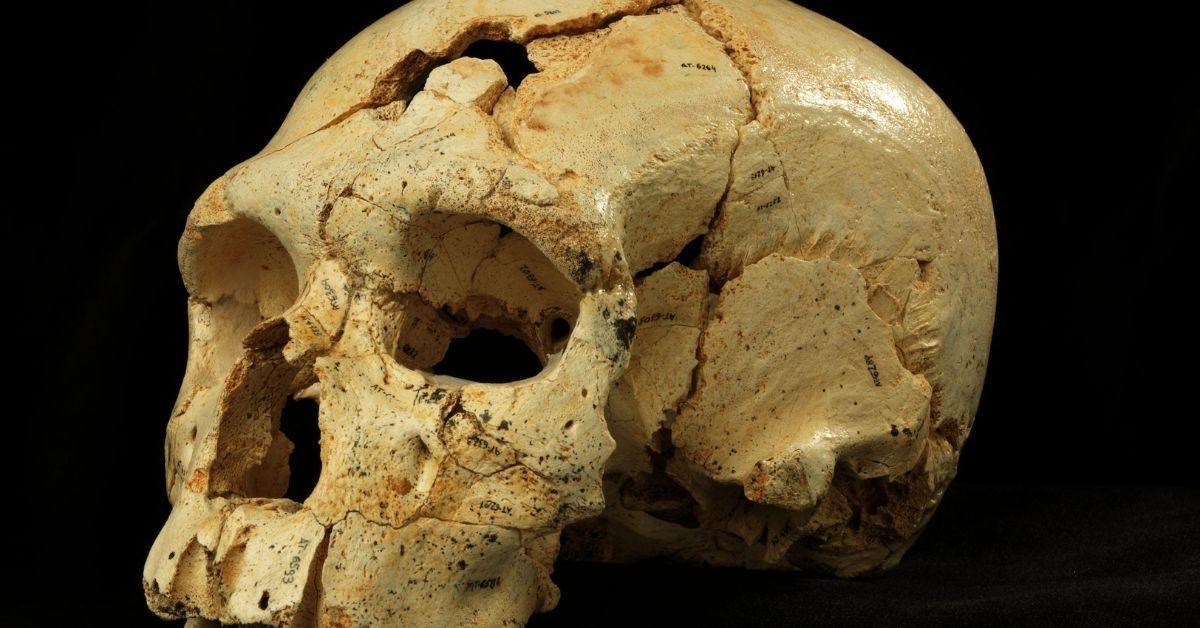•A new exhibit at the American Museum of Natural History showcases the most updated information we have on Tyrannosaurus rex.
•According to existing data, T. rex‘s young were turkey-sized and covered in feathers.
•Interestingly, the longstanding myth that T. rex‘s arms were useless may not be true, after all.
The mighty Tyrannosaurus rex has had it a bit rough over the last couple of decades.
From the neverending memes about the dinosaur‘s supposedly useless arms to drawings of the Cretaceous-era chomper looking like a giant chicken, the prehistoric predator’s had a bit of a PR problem.
However, an upcoming exhibit at the American Museum of Natural History (AMNH) in New York called T. rex: The Ultimate Predator could be the profile boost the so-called “king tyrant lizard” needs.
Then again, it could make things worse, seeing as this is apparently what T. rex looked like as a baby.

The “T” in “T. rex” means “turkey”
T. rex hatchlings were likely turkey-sized, skinny, long-armed, and coated in downy feathers. So, kind of like a malnourished chicken. Doesn’t exactly strike fear in anyone’s hearts, does it?
According to paleontologist and exhibit curator Mark Norell, T. rex juveniles would gain approximately 6 lb (3 kg) each day for 13 years. They would reach their full size at 20 years of age: 12 to 13 feet (3.6 to 3.9 meters) tall at the hip, and about 40 to 43 feet (12 to 13 m) long from nose to tail. An adult T. rex would have weighed between 6 to 9 tons (5,500 to 8,000 kg).
One myth that the exhibit wants to crush, though, is the longstanding notion that T. rex‘s tiny arms were useless.

Arm’s way
“They’re not fragile; the bones are very robust, the joints are mobile and it looks like they were well-muscled,” according to Martin Schwabacher, an exhibition writer at the AMNH.
Schwabacher believes that juveniles, who had better arm proportions, could have used their arms to grab their prey.
Meanwhile, a full-grown adult may have used its limbs and claws to hack at its prey’s flesh after knocking the wind out of it with its ginormous head. Its huge jaws possessed an estimated bite force of about 7,800 pounds-force (34,500 newtons).
In other words, T. rex probably didn’t even need those arms in the first place.
“Its head was adapted to apply pressure until bones just exploded,” explained Schwabacher, which is probably the most punk-rock description of a dead animal’s skull, ever.
The exhibit will run from March 11, 2019 to August 9, 2020. That’s plenty of time for you to plan a trip to New York, so that this little critter won’t have to hunt you down himself.

Cover photo: American Museum of Natural History
References
- https://www.livescience.com/64936-t-rex-new-look-exhibit.html
Author: Mikael Angelo Francisco
Bitten by the science writing bug, Mikael has years of writing and editorial experience under his belt. As the editor-in-chief of FlipScience, Mikael has sworn to help make science more fun and interesting for geeky readers and casual audiences alike.







